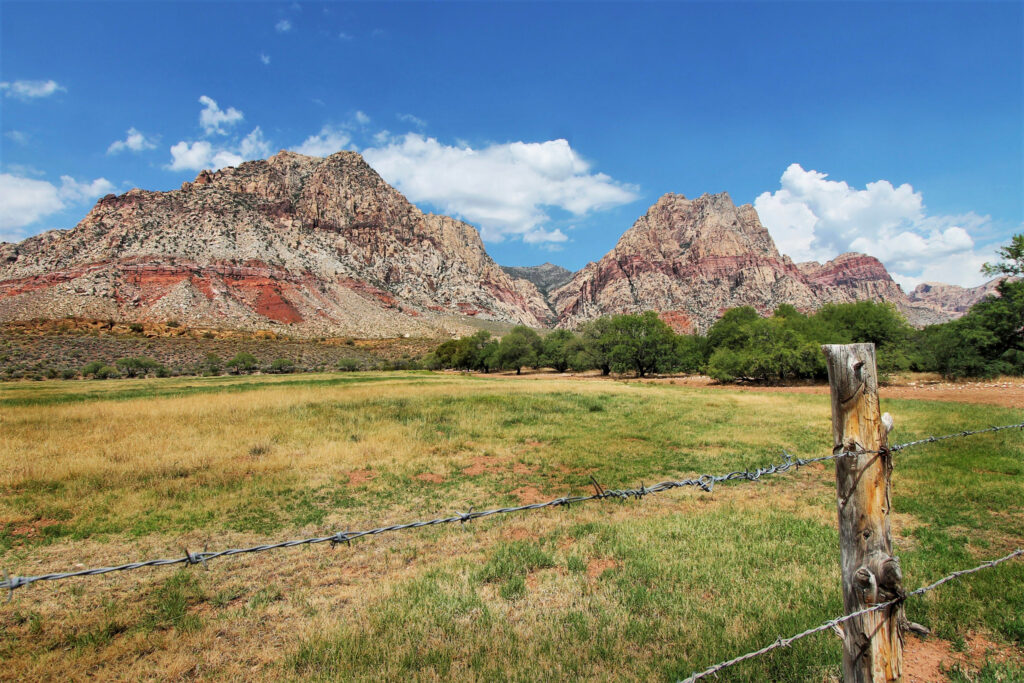This article was originally published in National Review.
One of the first tasks facing the soon-to-be confirmed Interior secretary Deb Haaland will be to carry out a few short paragraphs of an order signed by President Joe Biden in January: to conserve 30 percent of all U.S. lands and waters by 2030. Understated in its rollout, “30 by 30” ought to be seen as President Biden’s conservation moonshot.
According to the U.S. Geological Survey, only 12 percent of the land in America qualifies as “protected,” including wilderness areas, national parks and monuments, and private lands under conservation easements. To achieve an additional 18 percent, we would need to conserve an extra 440 million acres—an area more than four times the size of California.
There will be a push to use old, divisive tools on public lands to score easy gains, such as designating new monuments or banning fossil-fuel development. But conserving land does not necessarily require a heavy hand from the federal government. The administration should use this moment to explore newer, more-creative market-based solutions. Indeed, whatever its instincts to the contrary, this would be its best chance of success.
Whether President Biden’s moonshot lifts off or turns out to be a damp squib will hinge largely on how the administration engages private landowners. With 900 million acres of farm and ranch lands in America, and another 445 million acres of privately owned forests, these lands are where the greatest gains will be won or lost.
Private landowners play a vital but often overlooked role in sustaining much of what many Americans want to conserve—abundant wildlife, clean water, and vast open spaces. Altogether, private lands are home to 75 percent of the nation’s wetlands and more than 80 percent of its grasslands. Two-thirds of all threatened and endangered species depend upon private lands for the majority of their habitat.
But getting landowner buy-in for a federal initiative won’t be easy in our current “red-county–blue-county” political climate. A recent survey from Duke University found that only 25 percent of rural Americans believe that the federal government, rather than states, should “take the lead” on environmental issues. To address these concerns, the Biden administration should come out strongly against the use of regulations or restrictive designations on private lands to reach its target of 30 by 30. Even the progressive Center for American Progress—in an article published in 2019 that argued for protecting 30 percent by 2030—said that such policies “need not and must not infringe upon private property rights.”
Instead, innovation and incentives should take the lead. Private-land innovators are already harnessing markets for large-landscape conservation. In central Montana, the American Prairie Reserve is restoring 3 million acres of northern prairie-grass ecosystem. The reserve raises private funding from conservationists to purchase and cobble together a mix of private ranch lands and their accompanying grazing allotments on nearby federal lands. It then reintroduces bison as livestock to graze the landscape in a way that restores the prairie.
Next door to the reserve is the 60,000-acre Matador Ranch, run by the Nature Conservancy. The Matador uses a “grass-bank” model to help conserve an additional 285,000 acres outside the ranch’s footprint. In other words, local ranchers pay discounted fees to the organization to graze their cattle at the Matador in exchange for adopting wildlife-friendly practices on their own operations. Prices are based on how much conservation ranchers provide back home, through methods such as implementing rotational grazing, protecting prairie-dog towns, or securing sage grouse leks.
The government should recognize these innovative, private-led approaches as a key part of achieving its 30-by-30 goals. It should also develop and support more mechanisms for conservation to become a “crop” on private lands.
One well-established way to cement conservation on private lands is through easements, though this approach requires landowners to forego development forever in exchange for valuable tax benefits. Introducing shorter-term “habitat leases” might entice more ranchers and farmers to participate, providing protections for ten to 30 years in exchange for lesser remuneration than easements. Private habitat leases could appeal to businesses, too, if they could underwrite farming and ranching conservation as an offset for their own environmental impacts.
Finally, simple recognition could go a long way. Some sort of low-cost “conservation certification” might capture the value of overlooked stewardship already occurring on private land. For instance, the National Audubon Society offers market-based incentives for grassland stewardship through special labeling of beef products from Audubon-certified farms and ranches. Such tools could—and should—be considered a key part of 30 by 30.
The great naturalist Aldo Leopold once wrote, “Conservation will ultimately boil down to rewarding the private landowner who conserves the public interest.” With the president’s goal to conserve 30 percent of our nation’s lands, Secretary Haaland would be wise to etch those words on the walls of the Department of the Interior as a daily reminder of the ambitious task ahead.




